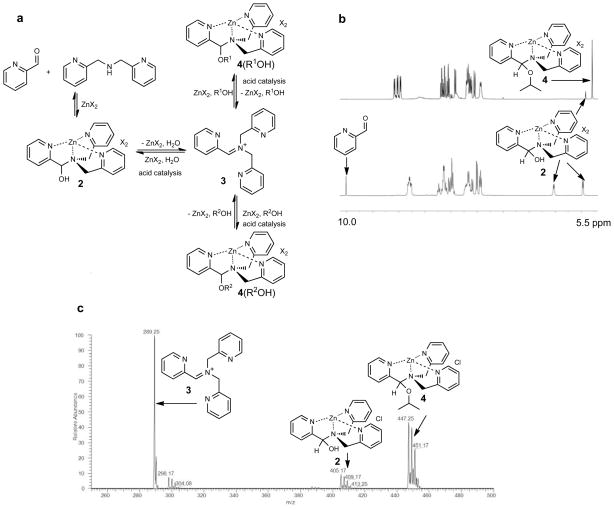Figure 3. Experimental evidence, and proposed mechanism for the multi-component assembly.
a, Proposed mechanism for formation of 4 that also explains the reversible exchange of alcohols and aldehydes. b, A three-component assembly of 2-PA, DPA, and Zn(OTf)2 to form 2 with molecular sieves (bottom panel) upon addition of IPA and CEM-HCl led to the same complex 4 (top panel) as a four-component reaction. The arrows indicate that these peaks belong to the structures shown. c, ESI mass spectrum of IPA derived assembly. Peaks of 2, 3, and 4 were all observed with chloride as counter anion for 2 and 4.

